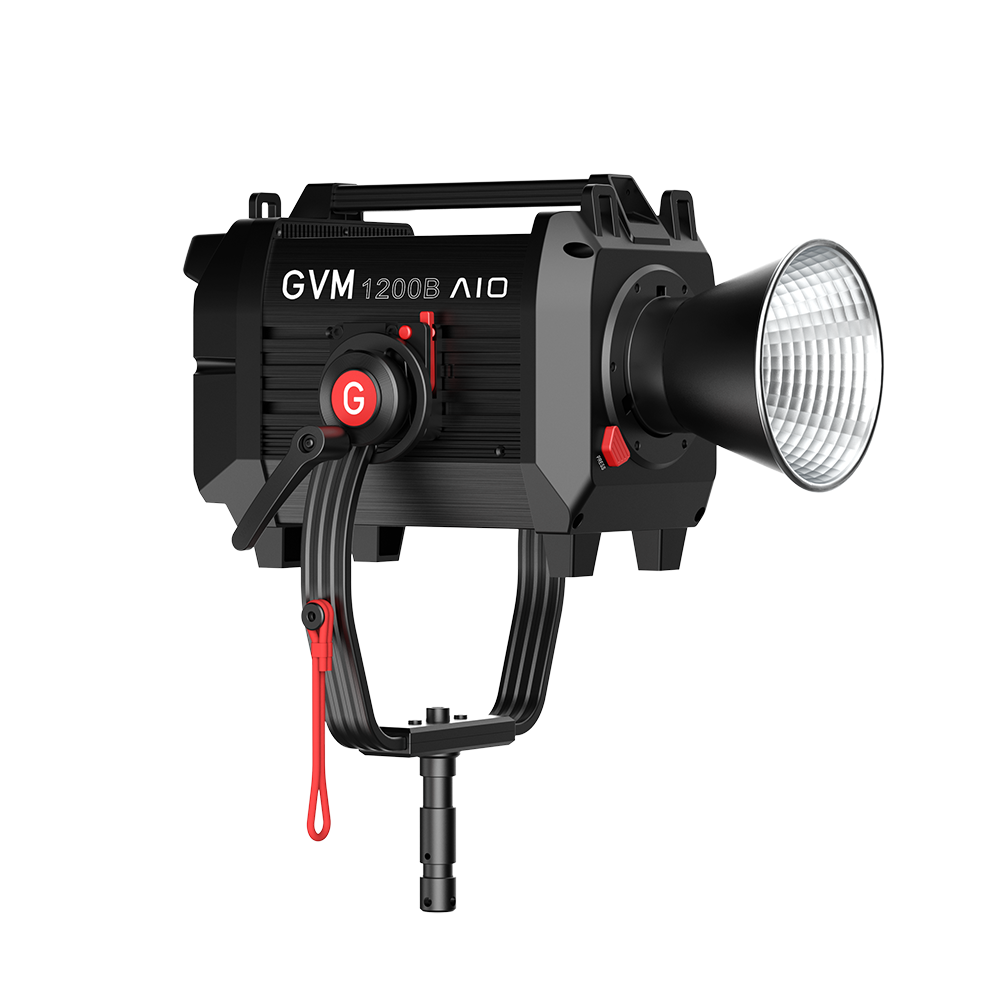Welcome to the world of photography, where lighting plays a vital role in creating stunning visuals. Good lighting Settings can not only enhance the color, but also create the mood and tone of the picture. Sometimes, natural light may not be enough, which is where using LED lights comes in handy.
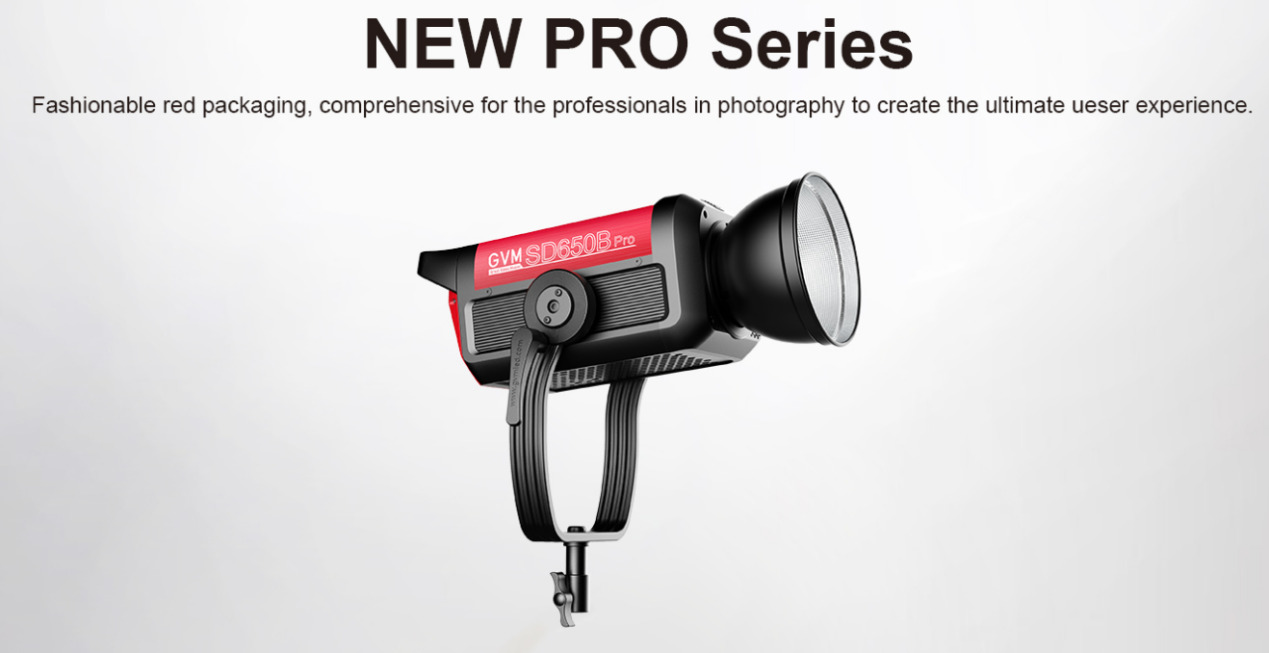
In recent years, LED lights have gained popularity due to their flexibility, energy efficiency and versatility. GVM LED lights is one of the leading brands in this field. These lights offer a wide range of features that can take your photography to a whole new level.
With GVM LED lights, you can easily adjust the brightness and color temperature according to your requirements. In addition, their portability and ease of setup make them ideal for outdoor and mobile shooting. So get ready to explore the world of LED lights with GVM and take your photography to new heights!

Understand lighting
When it comes to photography, lighting is especially important, a good photo can be great in the right light, while bad light can ruin even the best photo, which is why it is vital for every photographer to have a good understanding of lighting.
There are a variety of lighting in photography, and each lighting has its own unique impact on the photo. Natural light is great for capturing candid moments; While artificial light is often used for studio photography, the role of light in setting the mood and tone cannot be overemphasized. Bright white light can create a clean, modern feel, while warm golden light can evoke a sense of nostalgia and romance.
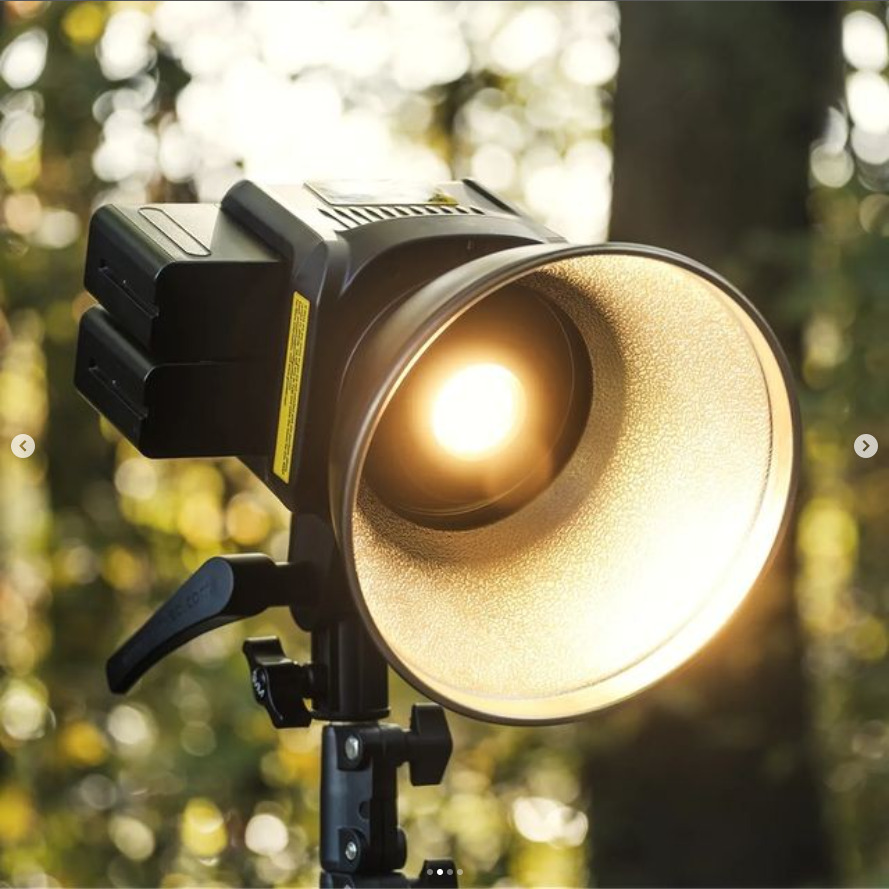
Understanding color temperature is also key to getting the right vibe in photos, different light sources have different color temperatures, from cool blue to warm yellow. Choosing the right color temperature can make photos look natural and realistic.
Soft light and strong light is also the basic concept of photographic lighting, soft light needs to be added to the soft light box, so that the soft light produces smooth shadows, which is used for portrait photography more. Hard light, on the other hand, is more direct, it creates strong shadows and strong contrast, adding drama to the photo.
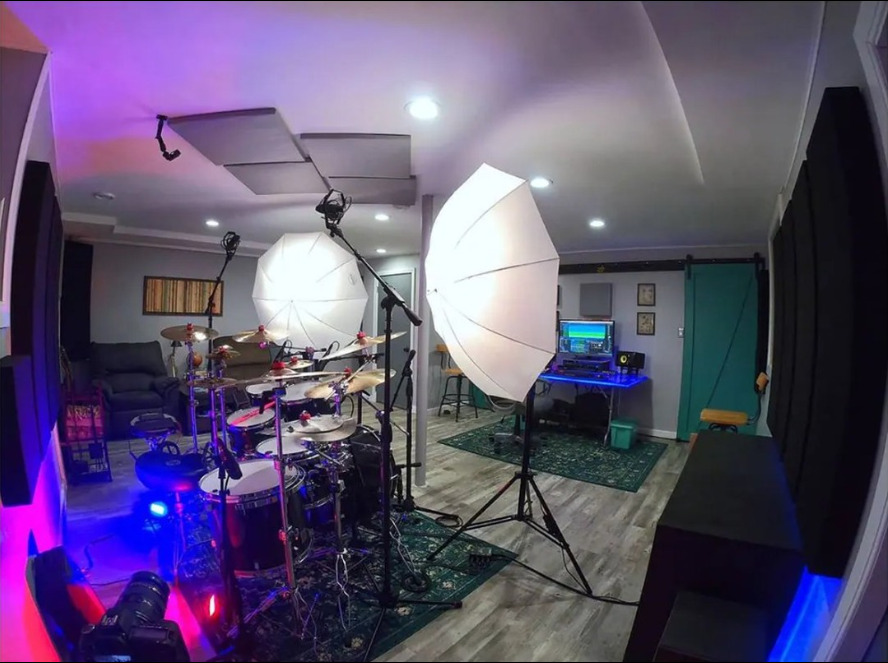
Now that you have a basic understanding of lighting, let’s dive into how GVM LED lights can take your photography to the next level.
Advantages of GVM LED lights
So, why choose GVM LED lights to improve your photography? Let’s dive into some of its advantages.
First, GVM LED lights provide the flexibility and control of lighting, and by adjusting the brightness and color temperature, you can customize the lighting Settings to suit the mood and tone of your desired photo. In addition, GVM has Bluetooth networking, and with the ability to control multiple lights at the same time, implementing complex lighting Settings is now a breeze.
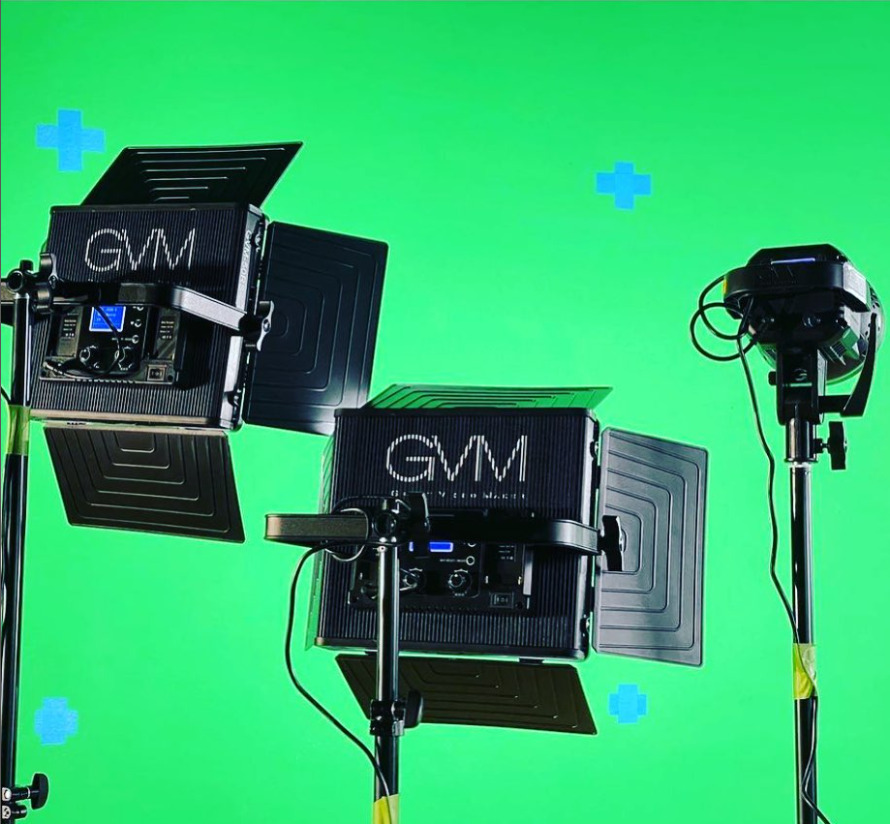
But that’s not all, the GVM LED lights also have energy efficiency and built-in fan cooling, which means you can shoot for a long time without worrying about the device overheating or the electricity bill rising.
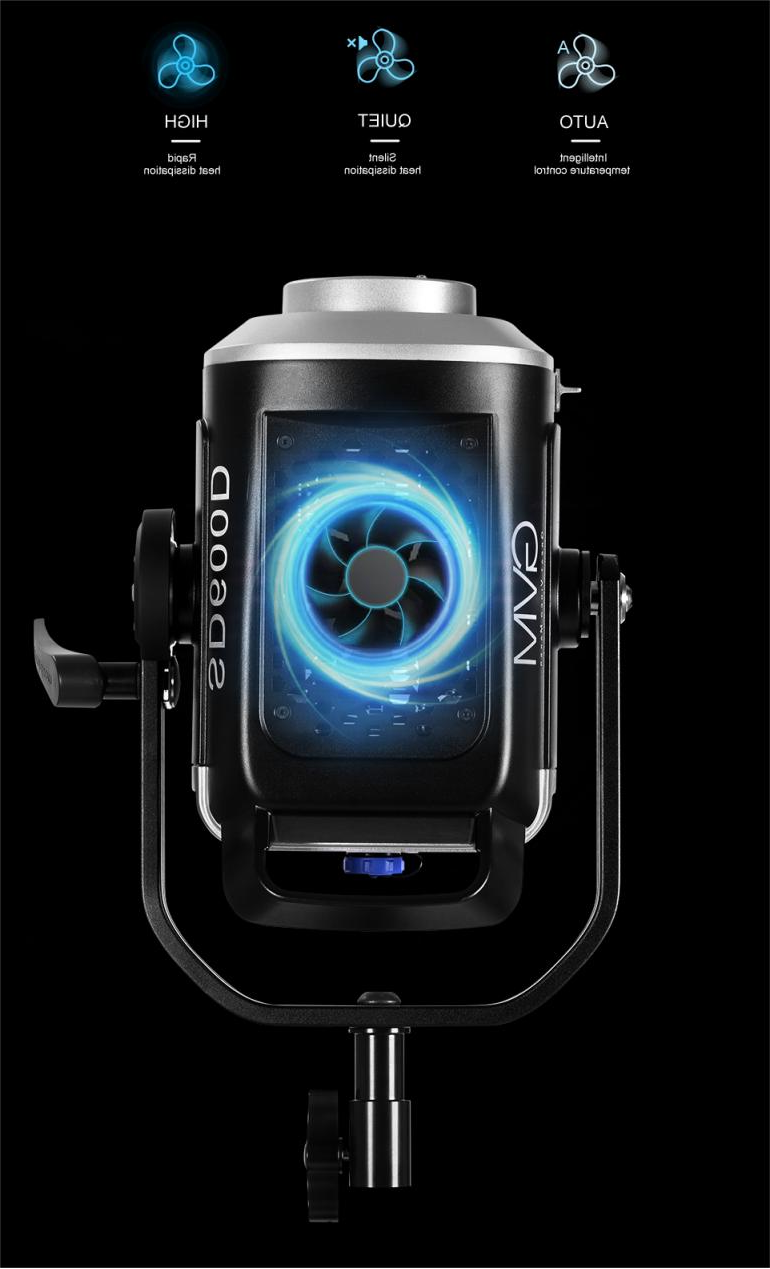
Best of all, GVM LED lights are easy to transport and set up, whether you’re shooting on location or in your own studio, these lights won’t weigh you down or take up too much space, and their user-friendly design won’t waste your precious shooting time wrestling with bulky equipment.
GVM LED lights offer versatile accessories and bayonet designs, and whether you want to soften your light with a soft box or add some drama with colored paper, these lights come with a range of additional accessories that can help you achieve whatever effect you desire.

So, if you’re looking for a lighting solution that can enhance your photography, keep an eye out for GVM LED lights, which with their flexibility, energy efficiency, portability and versatility make GVM a no-brainer option for both experienced photographers and budding shutterbugs.
Select the correct GVM LED light
When it comes to choosing the right GVM LED light for your photography, there are several key considerations to keep in mind. First, you’ll want to think about whether you’re primarily going to use lighting to shoot video or take photos. This will help determine the type of lights you need, as well as their functions and power levels.
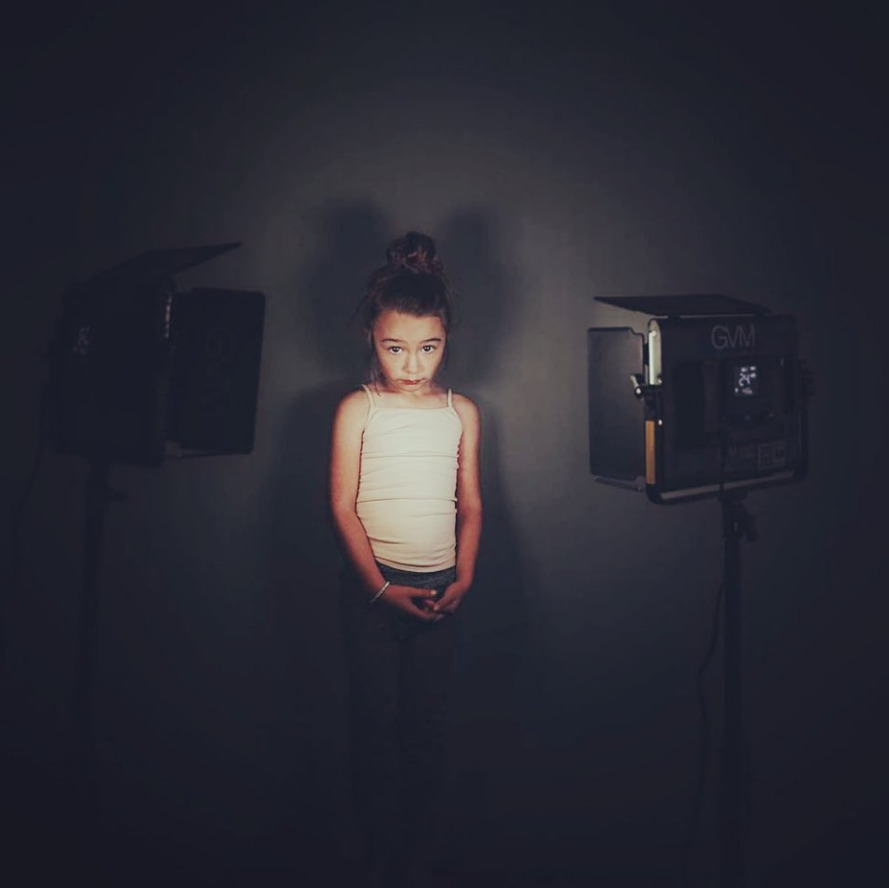
Also, it’s important to consider the color temperature of the lamp you choose. Different types of photography may require different color temperatures, so make sure you know what you need before buying. Also, take some time to analyze the Color Rendering Index (CRI) and TV Lighting Consistency Index (TLCI) ratings.


